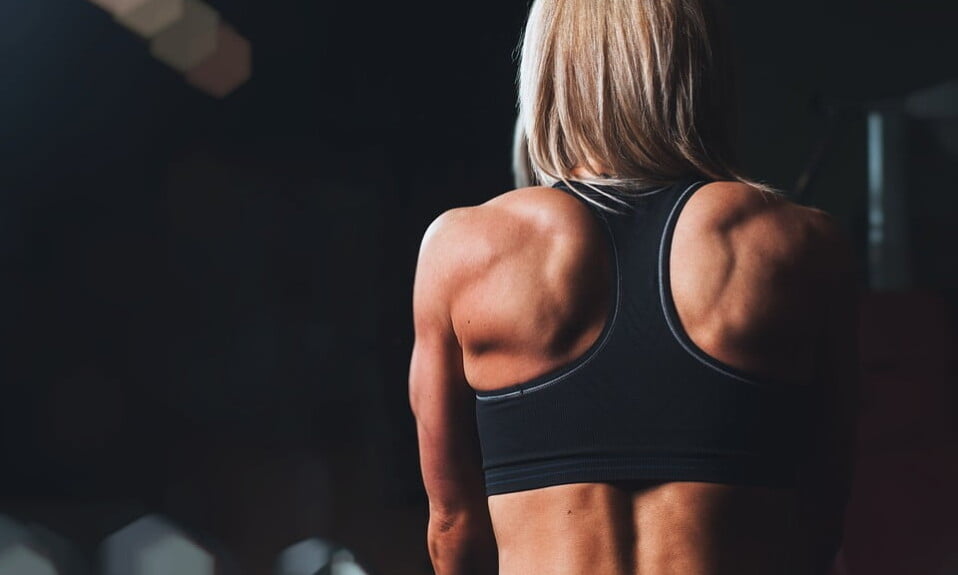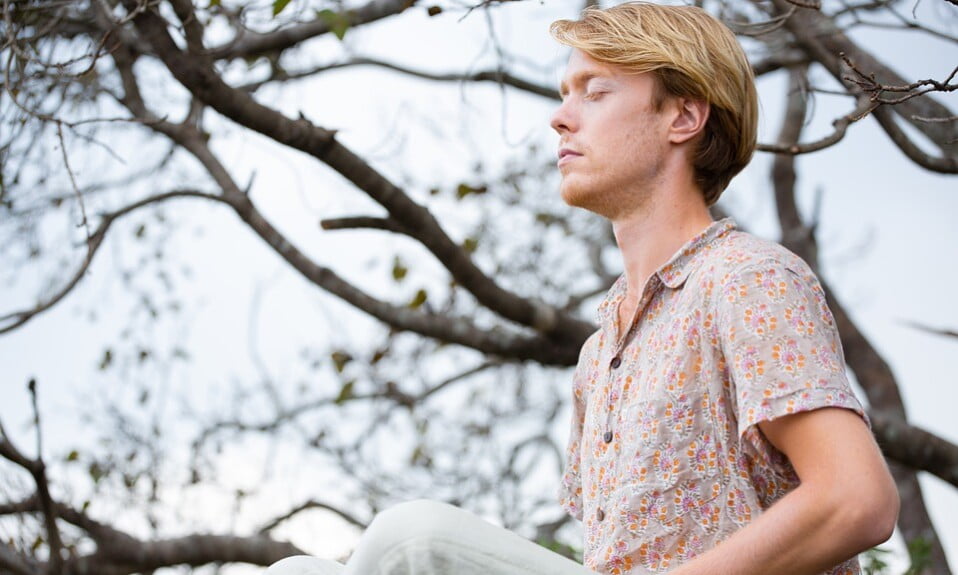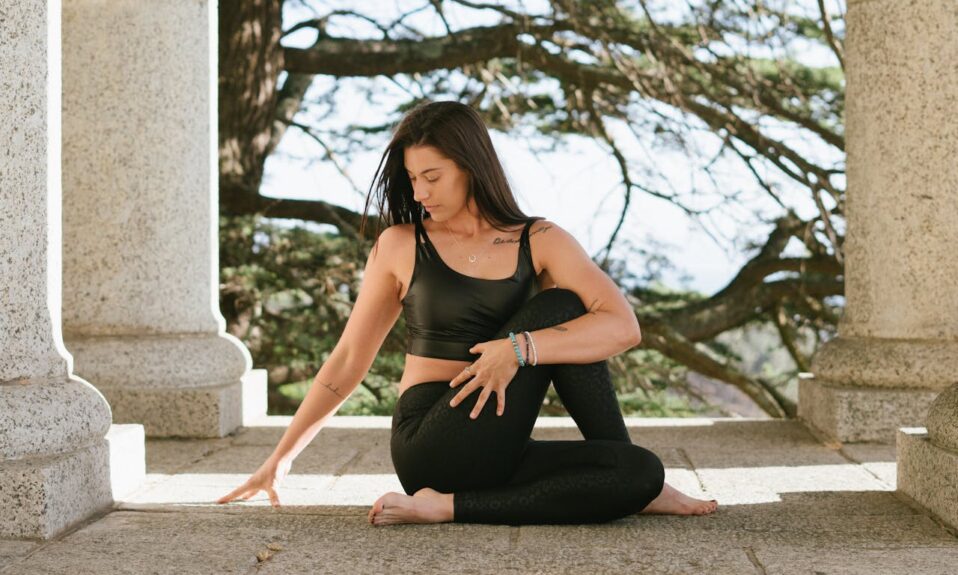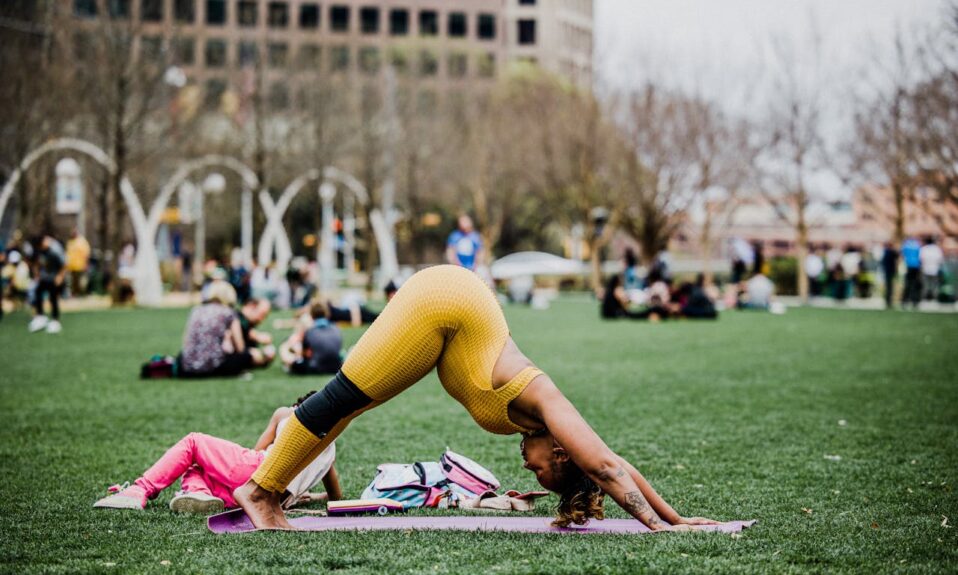A blood test is a common medical procedure that helps healthcare professionals assess a person’s overall health and diagnose various conditions. For some people, exercising before a blood test is a common practice, as they believe it can help improve the accuracy of the results and provide a more comprehensive picture of their health. However, there are both pros and cons to exercising before a blood test, and it’s important to weigh these factors before deciding whether or not to engage in physical activity before your appointment.
What are the Pros of Exercising Before a Blood Test?
Exercising before a blood test has a number of potential benefits, including:
- Improved circulation: Physical activity can help increase blood flow throughout the body, which may make it easier for the healthcare professional to collect a blood sample.
- Lower cholesterol and glucose levels: Exercise can help temporarily lower cholesterol and blood glucose levels, which may provide a more accurate assessment of these factors during the test.
While there are some potential benefits to exercising before a blood test, it’s important to consider the potential drawbacks as well.
What are the Cons of Exercising Before a Blood Test?
Exercising before a blood test can also have some negative effects on the results, such as:
- Elevated enzyme levels: Intense exercise can cause temporary elevations in certain enzymes, which may lead to inaccurate test results and unnecessary concern.
- Dehydration: Exercise can lead to dehydration, which can affect the concentration of certain components in the blood, potentially impacting the accuracy of the results.
It’s important to consider these potential drawbacks before deciding whether or not to engage in physical activity before your blood test.
Conclusion
While exercising before a blood test may offer some benefits, such as improved circulation and temporarily lower cholesterol and glucose levels, it’s important to consider the potential drawbacks, including elevated enzyme levels and dehydration. Ultimately, the decision to exercise before a blood test should be based on individual circumstances and the advice of your healthcare provider. It’s always best to consult with a healthcare professional before making any changes to your routine before a medical procedure.
FAQs
Can exercising before a blood test affect the results?
Yes, exercising before a blood test can potentially affect the results in a number of ways. Intense exercise can cause temporary elevations in certain enzymes and lead to dehydration, both of which may impact the accuracy of the test results. It’s important to consider these potential effects before deciding whether or not to exercise before your blood test.
Can exercising before a blood test improve the accuracy of the results?
While exercising before a blood test may have some benefits, such as improved circulation and temporarily lower cholesterol and glucose levels, it’s important to weigh these potential advantages against the potential drawbacks. Ultimately, the decision to exercise before a blood test should be based on individual circumstances and the advice of your healthcare provider.
What type of exercise is best before a blood test?
If you choose to exercise before a blood test, it’s best to engage in moderate-intensity activities that won’t cause extreme elevations in enzymes or lead to dehydration. Walking, yoga, or light cardio may be good options, but it’s important to consult with your healthcare provider before making any changes to your routine before a medical procedure.
Can I drink water before a blood test?
It’s generally okay to drink water before a blood test, as staying hydrated can help make it easier for the healthcare professional to collect a blood sample. However, it’s important to avoid excessive amounts of water, as this may affect the concentration of certain components in the blood and impact the accuracy of the results.
What should I do if I have questions about exercising before a blood test?
If you have any questions or concerns about whether or not to exercise before a blood test, it’s best to consult with your healthcare provider. They can provide personalized advice based on your individual circumstances and help you make the best decision for your health.





